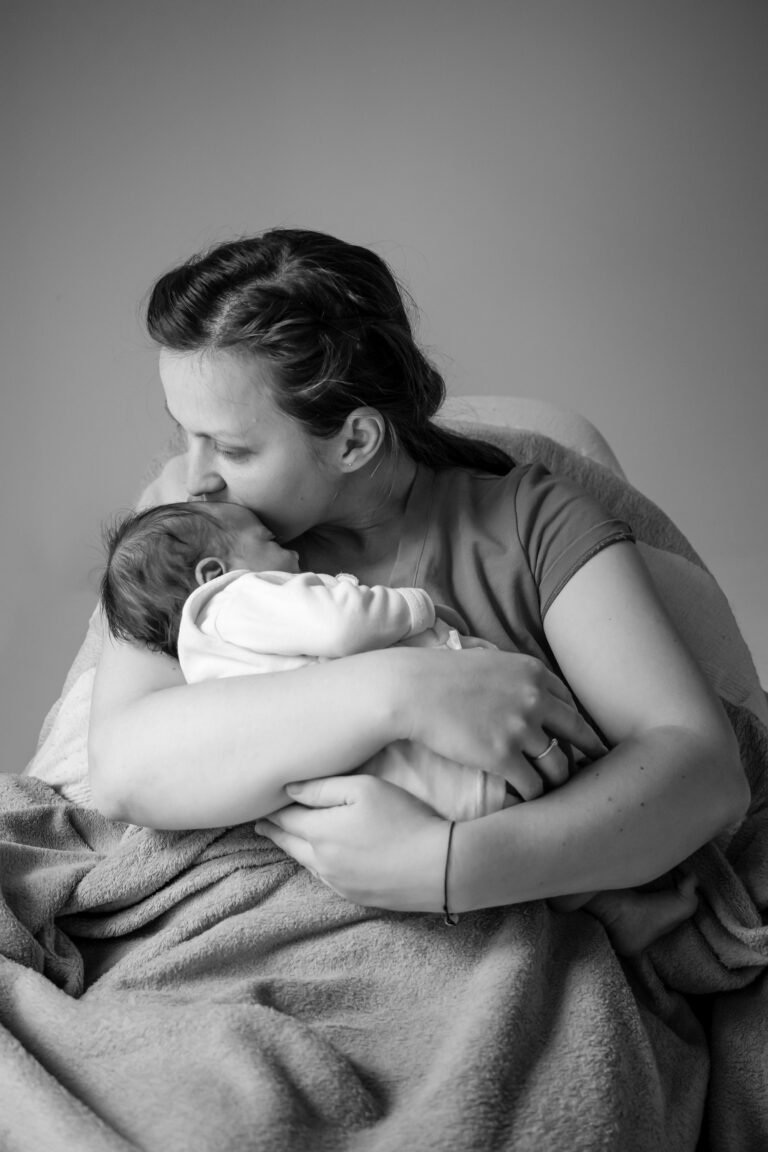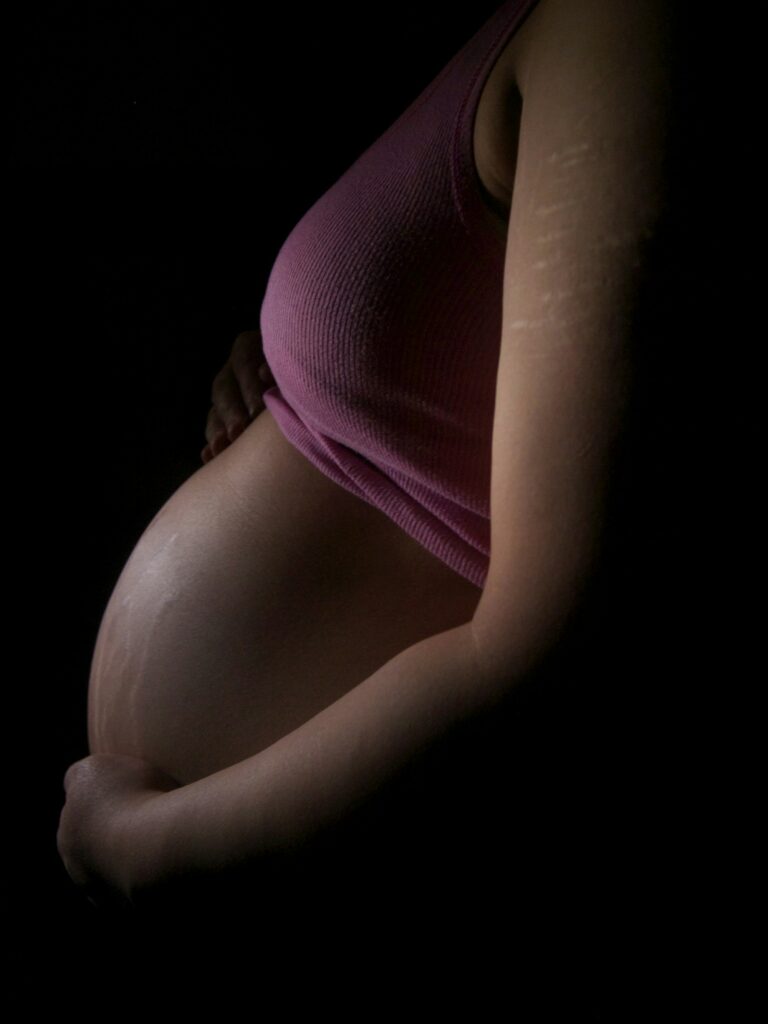Suddenly, everything changes—the baby’s cry, the unfamiliar rhythm of sleepless nights, and a silent question echoing in your mind: “Am I supposed to feel like this?”. For many parents, postpartum depression isn’t just an abstract term—it’s a confusing and isolating experience, obscured behind expectations of joy and fulfilment. Why does happiness feel out of reach at the very moment it’s expected? Understanding postpartum depression starts here: with honesty, precision, and a willingness to name what so often remains unspoken. Parents across the world, regardless of background or support, grapple with overwhelming fatigue, mood changes, fears, even guilt. Why is such a universal experience so hidden, or worse, dismissed? Let’s look at symptoms, causes, practical tips, and real recovery strategies. What steps can proactively help if the darkness—often mistaken for simple exhaustion or the “baby blues”—won’t pass? How can you spot the early warning signs, get appropriate help, and reshape daily life for a better tomorrow? Everything starts from understanding, and then, taking action.
Recognising Postpartum Depression: Signs and Symptoms
Why does joy turn into a struggle, just when life is supposed to blossom? Postpartum depression is far more than temporary sadness—it can appear as early as three weeks after delivery, or sneak in months later, persistent and subtle. Classic emotional symptoms: an unshakeable sadness, episodes of crying without clear reason, irritability, and an anxious preoccupation with the baby’s well-being. Some parents, rather than bonding, may feel detached or helpless, overwhelmed by a sense of inadequacy. Fatigue feels overwhelming—more than just “lack of sleep”—sometimes coupled with changes in appetite or sleep routines: insomnia, or craving constant rest but never feeling restored.
Behavioral markers might surface—a tendency to withdraw from close ones, loss of interest in daily activities, or neglecting personal care. Has motivation slipped away, replaced by a feeling that even simple tasks, like stepping outside, are too much? Physical symptoms often appear too: headaches, body aches, and unexplained pains that linger. In terms of thinking, difficulty concentrating, intrusive negative thoughts, and feeling as though decisions are impossible can point towards the depth of the struggle.
If you notice persistent thoughts of self-harm or harm to the baby, or if confusion or hallucinations appear (rare, but a medical emergency called postpartum psychosis), immediate intervention is needed. Remember, the line between “baby blues” and true postpartum depression is duration and intensity—baby blues fade after two weeks, while depression presses on, casting a shadow on daily life and the bond with your child.
Why Postpartum Depression Happens: Causes and Risk Factors
What stirs this hidden storm? The roots of postpartum depression snake through hormone shifts, personal history, social circumstances, and unexpected medical twists. The steep drop in estrogen and progesterone after birth can abruptly alter mood-regulating chemistry. Add to this the physical toll of cesarean delivery, a traumatic birth, or complications during pregnancy—in each situation, vulnerability increases.
If anxiety or depression were present before or during pregnancy (antenatal depression), or if there’s a family history, risk soars. Sleep deprivation—the never-ending, bone-deep exhaustion of caring for a newborn—exacerbates everything. Psychological pressure isn’t limited to just emotions; a sense of lost control, disappointment, stressful life events, or lack of a reliable support system add heavy weights.
Social factors can’t be ignored: changes in work, financial insecurity, strained relationships, or moving away from family rob the new parent of solid ground. Cultural expectations impose more silence, especially when talking about mental health feels out of bounds. And all this is amplified when neonatal challenges appear—like a premature baby, feeding difficulties, or extended hospital stays.
Even the medical field identifies genetic predisposition: if other family members struggled with depression or anxiety, vigilance is the best safeguard. Simply put: no one is immune, and nothing about postpartum depression implies personal failing or weakness.
Understanding the Difference: Baby Blues, Antenatal Depression, and Postpartum Depression
You might wonder: is it just “baby blues” or something more? Most new mothers (and some fathers or partners) pass through days of emotional ups and downs—intense tears, sensitivity, and mild anxiety. These feelings tend to resolve once hormones settle and routine gradually returns, usually in under two weeks.
Antenatal depression, however, starts during pregnancy. Symptoms echo those seen after childbirth: persistent low mood, irritability, physical complaints, sleep or appetite troubles. Notably, enduring psychological stress during pregnancy increases the risk of later postpartum depression. Recognising the connection and intervening early is key, since both conditions deserve equal attention and support.
Sometimes, parents slide from one form of mood disturbance into another. The main dividing line is how long symptoms last and their effect on daily life. If the sadness doesn’t let up, or if anxiety haunts quiet moments, it’s more than just fleeting baby blues—it’s time for a proper assessment.
Screening and Diagnosing Postpartum Depression
How do professionals differentiate baby blues from clinical postpartum depression? A thorough assessment is step one. Healthcare providers rely on specialised tools to guide diagnosis, most notably the Edinburgh Postnatal Depression Scale (EPDS), a straightforward questionnaire reflecting parents’ feelings over the past week. Depending on the score, further evaluation or intervention is tailored. In some cases, broader depression or anxiety scales like the PHQ-9 or GAD-7 help in mapping out the emotional landscape.
A detailed clinical history matters—a record of mood over time, reaction to life events, previous mental health experiences, and even family history. Sharp observation is essential to detect extreme presentations, like postpartum psychosis (confusion, hallucinations, delusions), which demand urgent hospital-based care. Routine screening during pregnancy and for months after birth is increasingly viewed as best practice, so that symptoms don’t slip by unnoticed, costing time and quality of life.
The Impact of Postpartum Depression: Mother, Baby, and Family
You might not realise just how deeply postpartum depression can shake family life. For mothers, unchecked symptoms often spiral into chronic depression, making self-care feel impossible and community ties stretch thin. Bonding with the baby may become a daily battle. In some cases, feeding and sleep patterns unravel, and in the most severe situations, suicidal thoughts can emerge—these must never be ignored.
For the child? Babies may show more crying, feeding difficulties, or trouble settling to sleep. Over time, emotional development, language acquisition, and even cognitive skills can lag behind. Later childhood or adolescence might reveal anxiety or challenges with social interactions—links that underline how early intervention is not just about immediate relief, but about protecting the entire trajectory of a child’s health.
Family life as a whole often stumbles. If one parent is struggling, partners may also feel anxious, distant, or overwhelmed—sometimes developing similar symptoms themselves. Parenting quality can tumble, routines collapse, and disagreements become sharper. The effects are rarely limited to a single person, reinforcing why open conversation and shared support make recovery much more achievable.
Fathers and Partners: A Hidden Side of Postpartum Depression
It’s not just mothers—fathers and partners, too, walk this emotional maze, often unseen. When a mother is suffering from postpartum depression, partners face increased risk of their own distress. Symptoms may look similar—sadness and anxiety—but can also present as irritability, withdrawal, or even anger. The timeline typically trails the first months after birth, especially under the strain of financial worries or if partners themselves experienced past mental health issues.
Shared participation in baby care, while building resilience, also exposes partners to increased emotional load. Healthcare professionals now recommend considering the mental well-being of all caregivers from pregnancy onwards. Screening and support for fathers and partners have become essential, redefining what it means to “share the load” in parenting.
Approaches to Treatment and Recovery
What brings real relief when postpartum depression takes hold? The front line: psychotherapy, particularly cognitive-behavioral therapy (CBT) and interpersonal therapy (IPT). These approaches offer space to untangle confusing thoughts, develop healthier coping skills, and strengthen relationships, with solid evidence supporting efficacy even in breastfeeding mothers.
In moderate or severe cases, antidepressant medications—especially SSRIs like sertraline—might be recommended, balancing symptom relief against feeding concerns in close consultation with doctors. New treatments, like brexanolone (an IV-administered option) and zuranolone (an oral neurosteroid), represent rapid-acting solutions for certain cases but require expert supervision and adjustments around breastfeeding.
And healing isn’t just about therapy or medicine. Lifestyle choices—consistent rest, nourishing food, gentle exercise, and sleep strategies—support natural rhythms, helping the body and mind to recover. Support groups anchor the journey, providing understanding, validation, and a reassuring sense of community. Sometimes, parents find additional comfort in meditation, yoga, or mindfulness, but these are best seen as complements to established treatments.
Family and friends matter immensely, too. Validating emotions, stepping in for practical help, and encouraging follow-through with therapy create a strong foundation for sustainable recovery.
Prevention and Early Intervention: Building Resilience Before Birth
Is it possible to pre-empt postpartum depression? While no solution offers guaranteed immunity, early conversations about past or current mood challenges with healthcare providers can make a dramatic difference. This allows care plans to be individualised—from closer follow-ups to continuing necessary treatments safely during pregnancy and after birth.
Screening during both pregnancy and postpartum periods, when paired with honest self-reflection and trusted support structures, improves detection rates. Maintaining social connections, leaning into support from family and friends, and engaging in support groups all add up to powerful protective measures.
For families with a high-risk profile (previous depression, difficult pregnancy or birth, major life upheavals), keeping the care team in the loop helps avoid escalation, ensuring the earliest possible intervention for emerging symptoms. Prevention efforts hinge on honesty, not bravado.
Coping and Reintegrating into Everyday Life
Recovery from postpartum depression rarely follows a straight line. Professional care—therapy, medication as required, regular check-ins—goes hand-in-hand with everyday habits. What does practical self-care look like? Accepting help, grabbing bits of rest while the baby naps, eating nutritious meals, moving the body gently, and carving out tiny moments just for yourself. These aren’t luxuries—they’re building blocks of recovery.
Involving partners and family in emotional and practical support speeds along progress. Open conversations, active listening, and collaborative problem-solving help restore connection and confidence. The transition back to work often brings fresh anxiety; flexible arrangements, clear communication with employers, and ongoing health check-ins buffer against potential relapse.
Some situations demand more intensive support—a specialist, outpatient intervention, or even hospital care for severe symptoms or psychosis. Compassionate, nonjudgmental treatment at these times safeguards parents’ lives and futures.
Cultural Attitudes, Stigma, and the Path Forward
Deeply rooted traditions, rituals, and beliefs shape every parent’s journey through postpartum depression. Rituals surrounding birth can nurture and protect—but stigma, fear of judgment, and reluctance to address mental health mean too many parents remain silent.
Breaking down these barriers starts with public awareness, culturally sensitive education, and the involvement of respected community voices. Peer support networks, candid conversations, and lived experiences shared in the open break isolation and empower parents to seek care, transforming silence into a pathway towards healing.
Healthcare professionals continue evolving their practice to be more attuned—listening to individual perspectives, creating spaces for safe disclosure, offering tailored care. Ultimately, education and empathy meet to replace stigma with hope.
Key Takeaways
- Postpartum depression is a common, treatable condition that can affect mothers, fathers, and partners—never a sign of weakness or lack of love.
- Recognising symptoms early and seeking appropriate support makes recovery faster and more complete.
- Combining medical care, supportive social networks, and routine self-care underpins real progress.
- Partner, family, and community involvement pave the way towards smoother recovery and more resilient parenting.
- Parents have access to resources, support, and expert guidance for every stage of their journey—don’t hesitate to reach out for help, answers, and reassurance.
- For further personalised advice, trustworthy questionnaires, and tips on your child’s health, download the application Heloa.
Questions Parents Ask
Can postpartum depression happen several months after delivery?
Certainly, postpartum depression does not always appear only in the first weeks after your child’s birth. Sometimes, its onset is delayed, showing up months later as subtle sadness or unexplained anxiety. Notice yourself feeling persistently low, irritable, or deeply tired far beyond the “newborn” phase? That’s absolutely worth discussing with your health provider. No matter how long after childbirth these emotions emerge, seeking support is always valid.
How long does postpartum depression usually persist?
The duration varies from one parent to another. For some, symptoms begin to ease within several weeks with proper care; for others, the journey stretches over many months. What truly matters—early detection and a comprehensive care approach speed the return to well-being. There is no set timeline, but with personal commitment and supportive services, lasting recovery is within reach.
Is there any way to prevent postpartum depression?
Some preventive strategies do help reduce the risk of postpartum depression. Honest conversations about mental well-being during pregnancy, leaning on trusted family or friends for support, and preparing for your baby’s arrival by building a helpful “village” can all make a meaningful difference. Carving out time to rest, planning for disruptions, and staying connected to social supports buffer against feelings of isolation. Even with the best preparation, postpartum depression may still occur—it is never a failure but simply a signal to seek help and show kindness to yourself.
Further reading:









